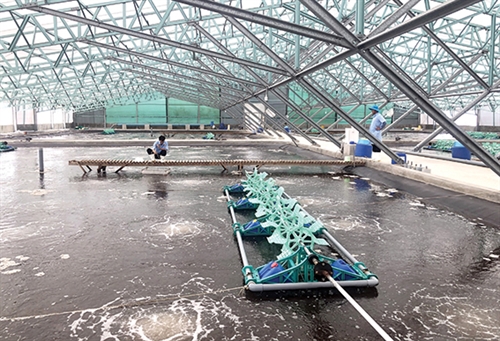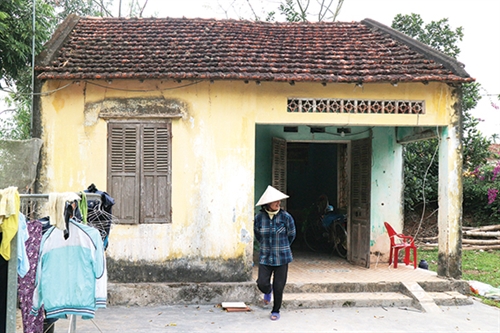Service sector is expected to grow by 7-8 percent annually in the 2021-2030 period and account for half of GDP by 2030, reads a strategy recently approved by the Prime Minister for service sector development in the 2021-30 period, with a vision toward 2050.
According to the strategy, which was concretized in Prime Minister Decision 531, the sector is expected to grow faster than the average rate of the national economy and occupy up to 60 percent of GDP in the 2030-50 period.
The strategy looks to reform institutions, boost the service sector in a more transparent, efficient, and competitive manner in the context of the Fourth Industrial Revolution (Industry 4.0) and Vietnam’s deep integration into the global economy.
Services will be restructured on the basis of modern technology, application of advances of Industry 4.0, especially in such areas as finance, banking, insurance, healthcare, education, transport, logistics, trade, and tourism.
Especially, the strategy attaches importance to services of intensive knowledge and technologies with competitive edge, including distribution, tourism, information technology, finance-banking, logistics, education and training, and healthcare. Tourism service centers with high-quality and competitive tourism products with bold national and cultural identity will also be set up, according to the strategy.
Domestic and foreign economic components will be mobilized to upgrade and build modern infrastructure and technical facilities in favor of service development. State budget allocations will be prioritized for modernization and upgrading of key infrastructure sites in the fields of transportation, airports, seaports, telecommunications, tourism, finance, and banking.
The strategy looks to open service markets in line with Vietnam’s international commitments, and targets to boost service development in different regions.
Delta regions will develop scientific and technological applications to provide services for production and business, health service, and social welfare. Large-scale service hubs will be formed in Hanoi, Hai Phong, Da Nang, Ho Chi Minh City, and Can Tho, for trade, tourism, finance, and logistics.
Meanwhile, mountainous regions will focus on ecological and cultural tourism in order to optimize potential of natural resources, historical relics, and cultural characteristics of ethnic groups. The regions will develop infrastructure and utilize advantages of border gates to develop distribution and tourism services.
Coastal and islands areas will develop tourism, sea transport, logistics, and services. Large-scale logistics hubs will be established in Hai Phong, Da Nang, Ho Chi Minh City, Ba Ria-Vung Tau, and Can Tho. Fishing services and service infrastructure facilities will be promoted in islands, especially those of significance for socio-economic development, security, and national defense.- (VLLF)









